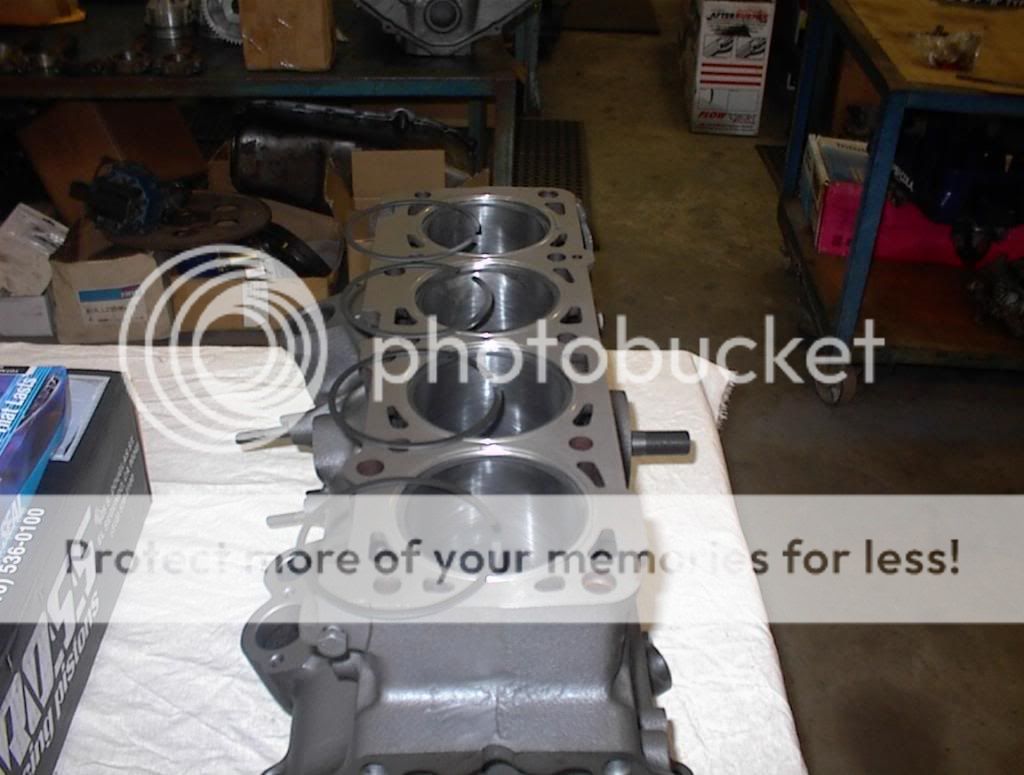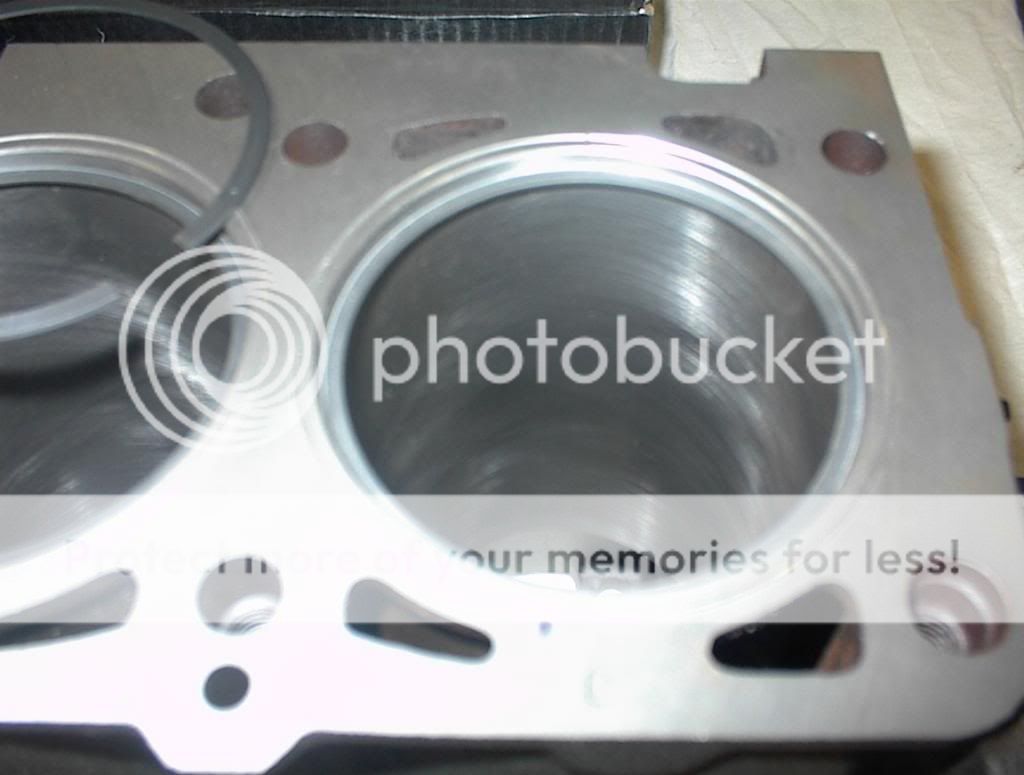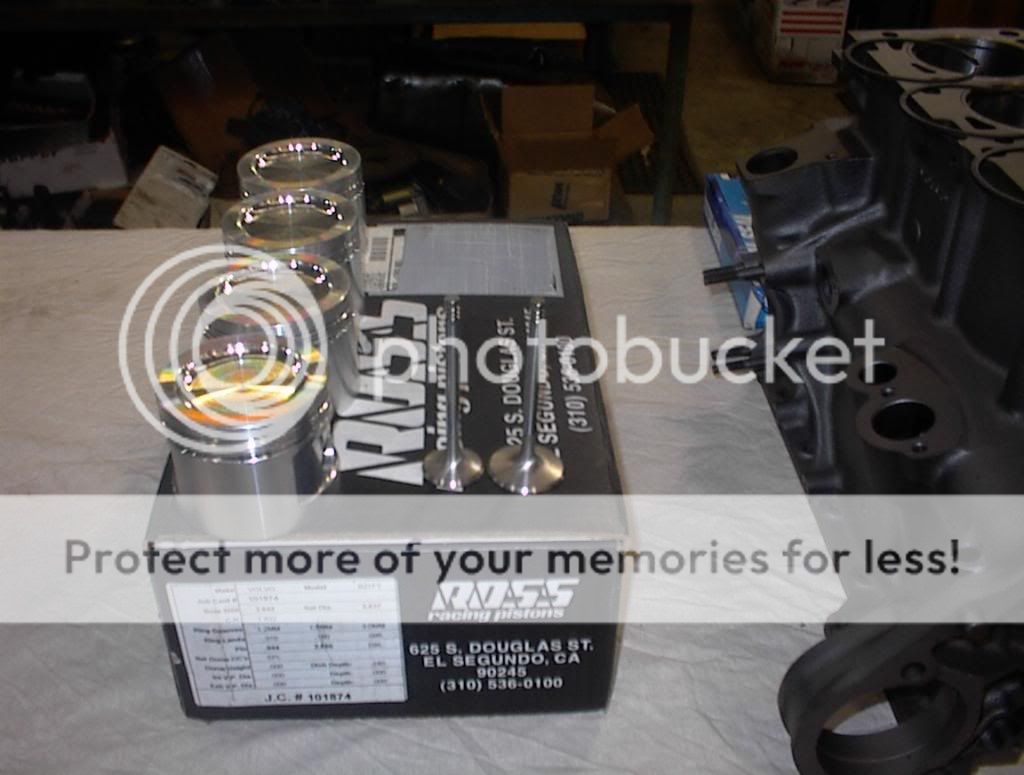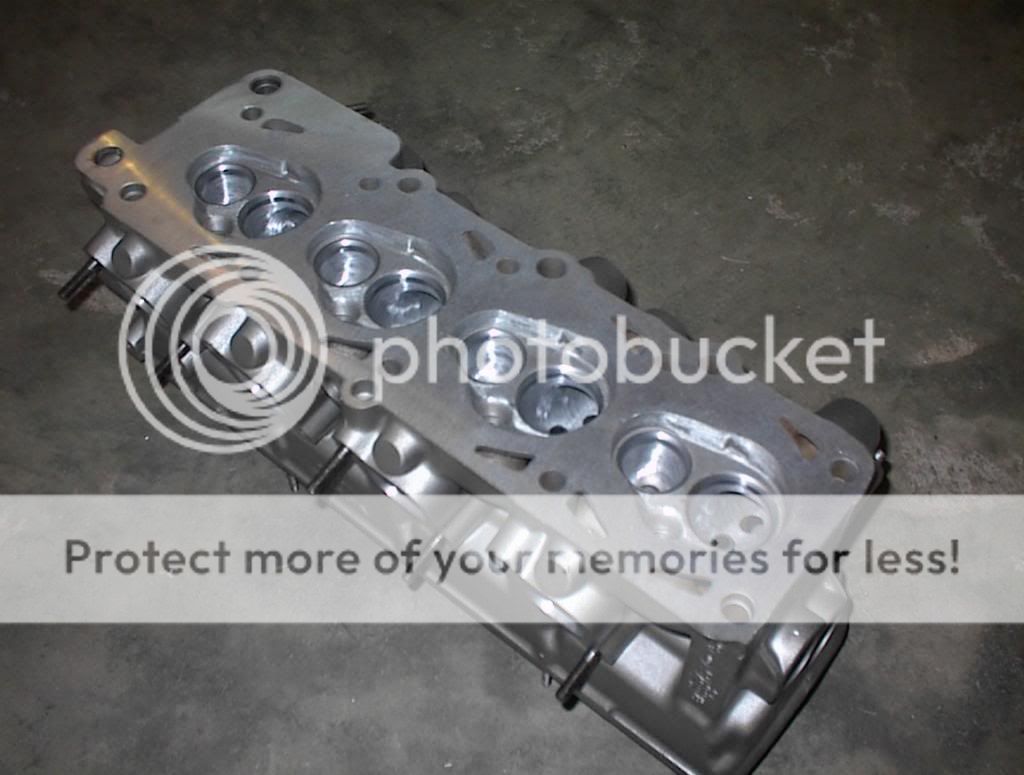in the b230's, the rods are the same na to turbo, as is the crank. NA pistons have a ~ 3cc dish vs the ~12cc dish (or is it 15.. been a while) for the turbo pistons, as well as a tighter and slightly higher ring pack on later NA pistons. In terms of bottom end stress, perhaps there's more on the higher compression ones, but I imagine cylinder pressures and the resultant forces on the crankshaft to produce said hp are going to be fairly similar, the other ingredients will change (boost, timing, possibly fuel).
Honestly, for 300hp, I would just run a stock engine.. either FT or F, whichever was more readily available in good shape, put a decent cam in it (the ubiquitous IPD turbo cam usually), and make sure the other ancillary components were good (Sufficient fuel injector/pump, good intercooler, better exhaust), and a decent turbo that has good exhaust flowing characteristics. That'd give you something that has good street manners, relatively low stress, and with a degree of owner caution and good maintenance, a good service life. This does assume easy access to good quality fuels (either 93/98 if in eu, e85, that sort of thing). The window for tuning mistakes is smaller on a b230F, one would need to keep that in mind if that's the route one takes. I'm a long time 16v person, so I wouldn't pay to cnc an 8v head myself, and depending on the cost of getting someone stateside to develop that program, I'd buy something from sweden instead (and it'd be a 16v anyway... in for a penny, in for a pound)
Obviously the same things that break stock parts break nice aftermarket parts.. aggressive timing, poor quality fuel (or poor state of tune), inattention to detail, not knowing how to treat the vehicle, etc. you just have a smaller window with the oe cast pistons and oe rods. Fair warning, if you put hbeams in an engine, the next likely hard failure point is going to be the pistons (soft point being the headgasket). To a certain extent everything is a trade-off somewhere, but that's kinda the fun of it all, right?





